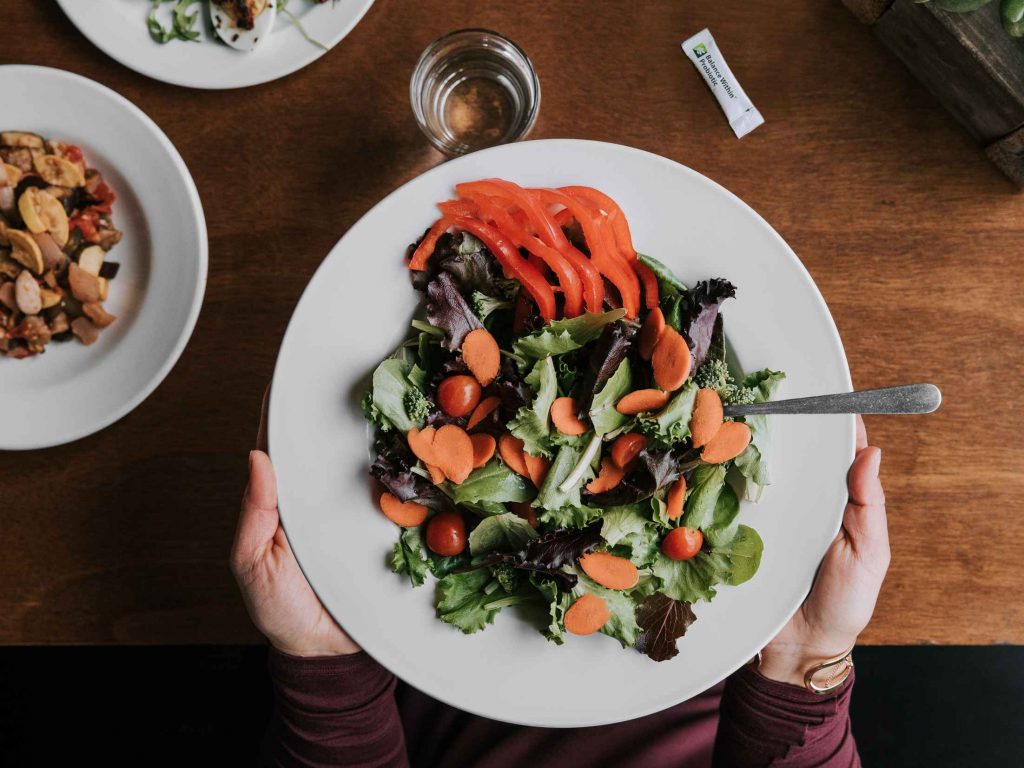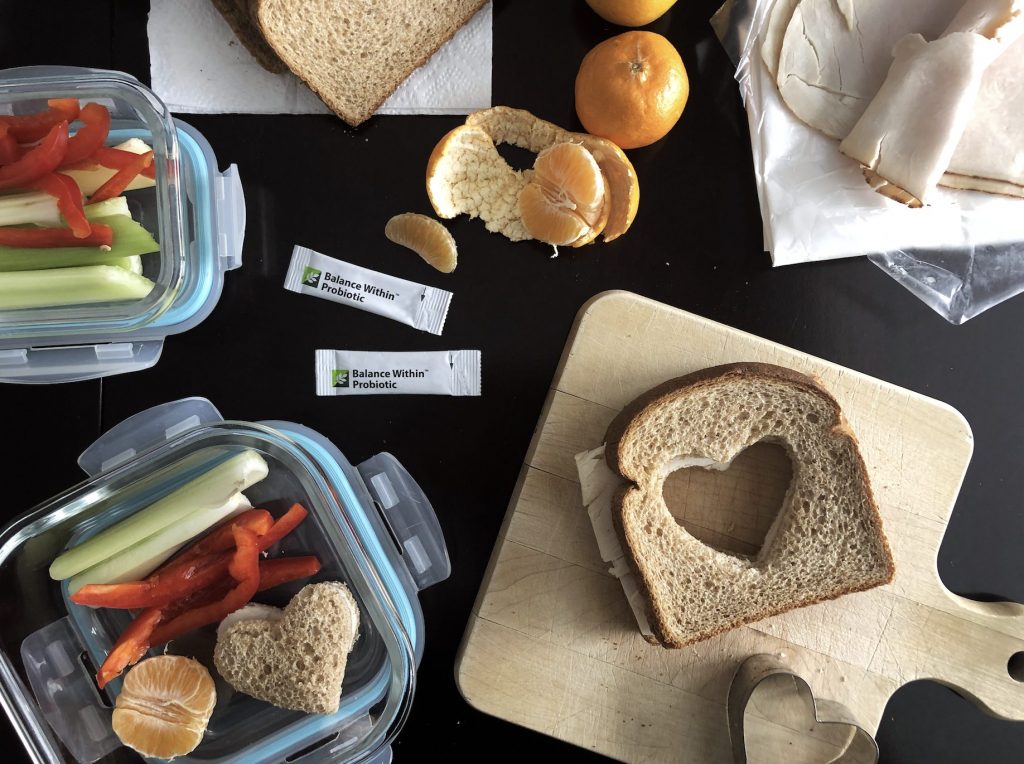
“Probiotics” is a term you probably recognize. After all, it has been making headline nutrition news for the past decade. And for good reason. These so-called “good” bacteria reside in your gut where they support overall health and well-being.
But many people are less familiar with the term “prebiotics.” If this is you, I encourage you to learn more. Why? Prebiotics feed probiotics to help them flourish in your gut.
You’ll want a healthy gut microflora, especially because it supports two things you need for optimal health: immune system and digestive health. When you include plenty of prebiotic-rich foods in your regular meals, this balancing act is a lot easier than you may think.
A probiotic refresher
Prebiotics are much different than probiotics. I know, the words couldn’t be more similar so it tends to get a bit confusing. A refresher on what probiotics are and how they differ from prebiotics may help clear things up.
Probiotics (with a “pro”) are the beneficial bacteria that reside in the digestive tract and in other body tissues. It’s estimated that trillions of these good bacteria reside in the digestive tract alone. One way to help promote balance and help these good bacteria thrive is to consume more prebiotics – with a “pre.”
Think of prebiotics as food for probiotics.
A basic primer on prebiotics
Prebiotics are a group of non-digestible dietary ingredients naturally found in many plant-based foods. Because you are unable to digest them, prebiotics pass through to your colon where they help feed gut bacteria (probiotics).
This relationship between pre’s and pro’s is a big reason why Nutrilite scientists have been working extra hard. Their goal is to meet the growing demand for high-quality probiotic products with the added advantage of prebiotics, and deliver it all with the Nutrilite™ quality standards trusted by health-conscious consumer around the world.
One example of a great prebiotic is inulin. Inulin is a type of fructooligosaccharide (commonly called FOS). This prebiotic naturally occurs in a variety of plant-based foods like artichokes, leeks, onions and asparagus. Other sources include chicory root, garlic, bananas, barley and wheat bran. Because of its unique chemical structure, inulin is able to pass undigested through the small intestine and enter the colon where it goes to work helping probiotics flourish.

Four ways prebiotics can work for you
If you need inspiration to increase your intake, here are four ways prebiotics can work for you:
1. Prebiotics feed gut bacteria
When you eat foods rich in prebiotics, you nourish the growth and activity of beneficial probiotics in the colon like Bifidobacteria, one of the most important types of probiotics for gut health.
2. Prebiotics support optimal immune function
Your gut is home to most of your immune system — about 70 percent. Probiotics that reside in your gut can interact with these immune cells, which play a role in your body’s immune system. Think of it as a domino effect that starts with prebiotics that nourish probiotic production that, in turn, help support your immune health.
3. Prebiotics promote overall digestive regularity
It’s hard to feel great without a healthy digestive tract, including a healthy colon. And, if you’re like me, digestive comfort starts with healthy bowel movements. Yet, those simple habits that help keep us regular — eating a fiber-rich diet, drinking plenty of fluids and getting regular exercise – can get overlooked in today’s hectic lifestyles. When you eat more foods rich in prebiotics, you are helping promote the probiotics that help promote bowel regularity.
4. Prebiotics support overall metabolic health
Your diet is the most important factor in your ability to maintain a healthy gut microflora. One simple way you can put your diet to work for you is by consuming more prebiotics. Why? You’ll help shift the bacterial balance in your gut microflora to a profile associated with optimal health, including metabolic health.

Ready to nourish your gut?
Nourishing your gut is easier when you start with eating more foods rich in prebiotics. Start with a diet high in fiber. Serve up a hearty bowl of leek soup. Add a banana to your favorite smoothie. Top a crisp green salad with sliced onions. It all adds up to a diet rich in prebiotics.
To fill any gaps, add a daily probiotic supplement that also includes inulin, chicory or other prebiotics such as Nutrilite™ Balance Within™ Probiotic.
This is the power of prevention in action. It can be yours, starting with your next meal.
Cheers,
![]()
P.S. Don’t forget to subscribe to our RSS feed and have blog posts delivered right to your inbox.

Beautifully explained, Dr. Sam!
Lay persons like me can also get the basics through such initiatives.
Thank you!
“NUTRILITE” la marca Nº1 mundial de complementos, es para mi algo que no puede faltar en mi alimentación. Gracias a ello mi salud es óptima a mis 79 años.
Gracias Dr. Sam